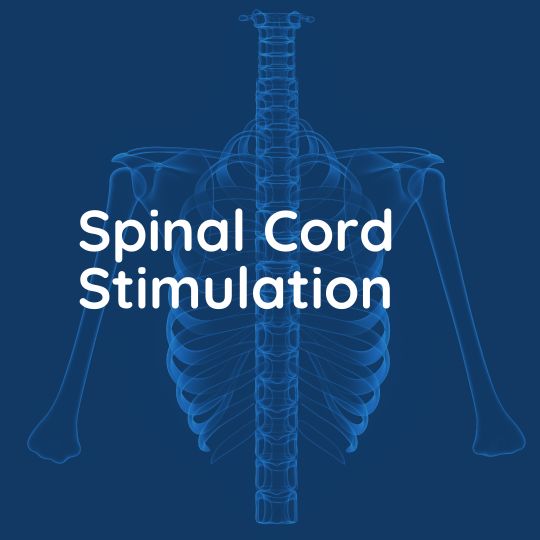
Spinal Cord Stimulation
Spinal Cord Stimulation is a technique for the treatment of chronic pain. It is used when the primary problem causing the pain (such as damaged nerves) cannot be dealt with. It is a technique rather like Trans-cutaneous Electrical Nerve Stimulation (TENS) which masks the pain by causing a tingling sensation in the painful area of the body. This is achieved by implanting an electrode into the spinal canal behind the spinal cord (in the epidural space) which is then connected to a pacemaker which will stimulate the spine electrically. The precise mechanism of action (i.e. the way it works) is unknown, but many thousands of patients have been treated around the world, and the results are well known. In our practice, around 75% of patients with chronic pain will be rendered pain-free or have 90% improvement in their pain. That means 25% will not. The biggest difficulty we have is identifying this 25%, and this is the subject of much on-going research.
Causes
Symptoms
Treatment
Causes
Spinal cord stimulation is typically used to treat chronic pain that has not responded to other treatments, such as medication or physical therapy. It may be used to treat conditions such as failed back surgery syndrome, chronic regional pain syndrome, and neuropathic pain.
Symptoms
The symptoms that may be alleviated by spinal cord stimulation vary depending on the underlying condition causing the chronic pain, but may include pain, numbness, tingling, and weakness.
Treatment
Spinal cord stimulation involves implanting a device under the skin that sends electrical impulses to the spinal cord to interrupt the transmission of pain signals. The procedure is typically performed under local anesthesia and involves placing small electrodes near the spinal cord, which are connected to a small battery-powered generator implanted under the skin. The patient can control the stimulation by using a remote control device.
The Operation
This is performed under local anesthetic, often with general anesthesia for the “opening and closing” stages. The patient is positioned sitting in the operating theatre, leaning on a padded table, and can then fall asleep on their arms. A small incision (5 -6cm) is made over the spine at a level above the level of the pain and a small opening (0.5 x 1cm) is created into the spine to allow the electrode insertion (actually a paddle of 4 electrodes). The patient is then allowed to wake up and the device is tested. Small electrical currents are passed between pairs of electrodes and the electrode paddle is moved around within the spine to get the tingling into the desired area. Once this is achieved the paddle is secured in position using glue and sutures and the pacemaker may then be connected. This is sited in a pocket created in the flank or chest wall in a position previously discussed with the patient. Alternatively, the wire can be brought out through the skin and connected to a small device the size of a TENS machine, to externally test the system for a few days. If successful, a second operation, under general anesthetic is performed to implant the pacemaker.
Results of Surgery
Three-quarters of patients will obtain satisfactory pain relief with this technique. The remaining quarter may have enough benefit to make it a worthwhile adjunct in their fight against chronic pain, but some will not. The stimulator may then be removed, a quick procedure under general anesthetic, or simply left in position and switched off.
The patients with a system in place will attend the neurostimulator clinic to have the device reprogrammed and checked on an infrequent basis. The pacemaker runs on an internal battery and this will eventually run out. A replacement pacemaker will then be needed; this is a simple procedure under local anesthetic to replace the pacemaker but is costly a this is the main expense of the device. The typical life-span of such a system is around 5 – 7 years, but obviously will be shortened by excessive use, high current requirements, or certain complex electrode combinations.
The patients are generally able to control the stimulator to some extent by means of a small handheld controller about the size of a mobile telephone. The pacemaker can be switched on and off and the current may be turned up or down (within pre-set limits) to make it more user-friendly.
More Spinal Conditions

Spine Tumor Surgery in Karachi: Leading the Way with Prof. Dr. Akbar Ali Khan, Best Neurosurgeon in Pakistan

Advancing Spinal Health: Understanding Vertebrectomy with Prof. Dr. Akbar Ali Khan
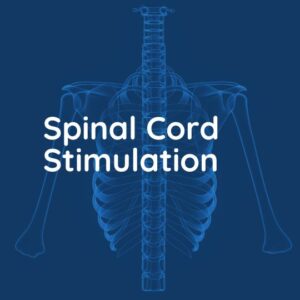
Spinal Cord Stimulation

Kyphoplasty and Vertebroplasty
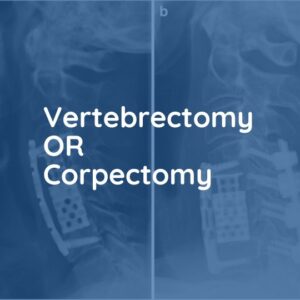
Vertebrectomy/Corpectomy

Foraminotomy
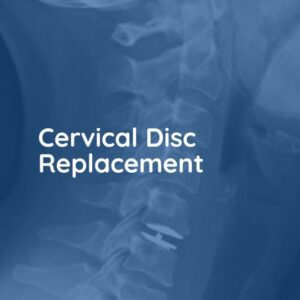
Cervical Disc Replacement

Anterior Cervical Discectomy and Fusion

Correction of Scoliosis

Thoracic Discectomy
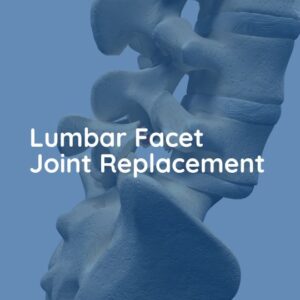
Lumbar Facet Joint Replacement
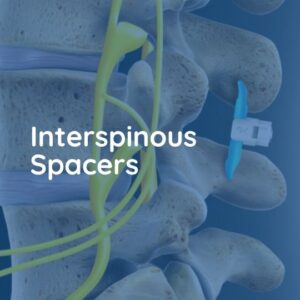
Interspinous Spacers

Endoscopic Lumbar Discectomy

Laminectomy
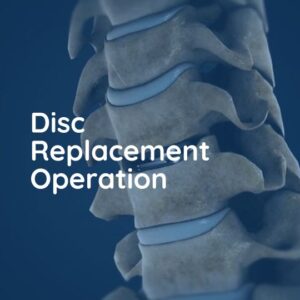
Disc Replacement Operation

Posterior Lumbar Fusion


